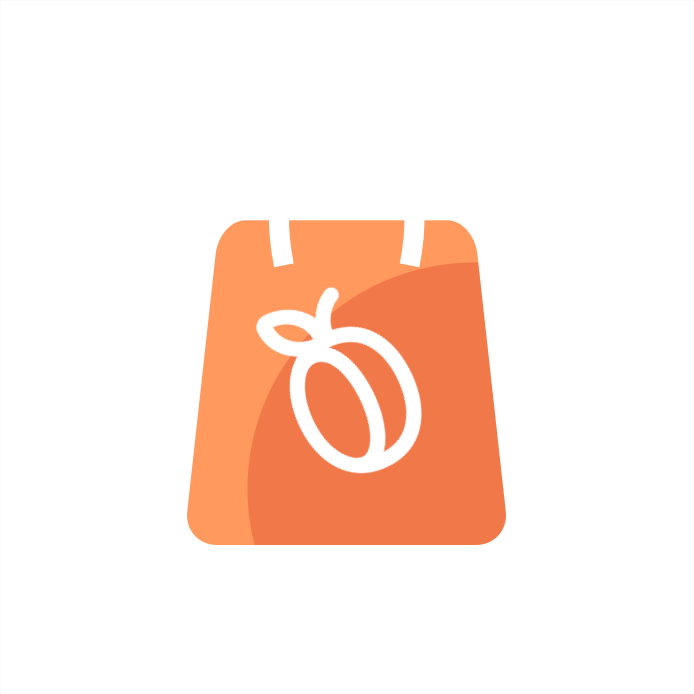Triple Your Profits With These 7 Pricing Strategies for Your Online Store

By Pritesh B
Posted | 6 min read
Introduction
A pricing strategy is a way for deciding the best price that a product or service can be sold at. In other words, pricing strategy determines the cost of goods or services offered on your online store. This is usually done by performing market research, collecting insights from the consumer, and calculating based on the information in hand.
Deciding prices can be as simple as using set markups such as cost-plus pricing, or it can be a price suggested by the manufacturer. However, building a strategy around the market conditions and factors impacting the behavior of consumers can help your online business gain competitive advantages over other players in the market.
By analyzing external and internal factors influencing profit margins, you can adopt a suitable pricing strategy that will improve your online business and positively impact the revenue. Let's analyze 7 pricing strategies which can soar your profits immediately!
1. Loss Leader Pricing
Loss Leader pricing is a strategy when products are sold at a loss in order to tempt buyers into purchasing extra things that make the product functional but are priced expensively.
A razor and a handful of blades, for example, could be reasonably priced. However, the price of new blades will be set in such a way that the company makes a profit margin. This allows sellers to increase their average order value for their e-commerce business.
Another example of Loss Leader pricing strategy is implemented by Amazon.
Amazon Prime Day sales and Black Friday sales are tremendously successful because about almost all products are selling at a heavily discounted price for a short time. Even though sellers sell their products at a loss, this strategy skyrockets Amazon's sales; indirectly increasing the average order value for sellers.
2. Extra Specific Pricing
Extra Specific pricing is suitable if your customer’s purchasing decisions are based on logic. A study by the University of Florida concluded that consumers believe that rounded prices are artificially made higher by stores.
This pricing strategy is based on the fact that customers believe that product price is a sum of production costs + profit margins and nothing else. The extra specific numbers make buyers believe that they are paying for the true product price and nothing else.
Everlane does a great job in specifying product pricing. This also helps in gaining buyer trust.
3. Value-Based Pricing
The highest amount a customer would be willing to pay for your product or service should be utilized to decide the price, according to the value based pricing method. Customers will pay a similar amount if they are confident in the product's quality, origin or even it's rarity.
As an example, buyers in general would be willing to pay more for jewellery made of high-end materials such as gold or diamonds than jewellery made out of artificial gems and stones.
In a similar fashion, buyers understand the value and convenience of a robot vacuum cleaner as it cleans the room all by itself, without any manual intervention. On the other hand, a regular vacuum cleaner functions only when someone is able to move it around the house. The price buyers willing to pay here is that of convenience.
4. Bundled Pricing
Another pricing strategy which is often used by e-commerce sellers is bundled product pricing. In order to move inventory quickly, two or more products are grouped together as a bundle which is sold at a discounted price. Naturally, as a buyer, one might think that I'm paying less compared to the price if I buy those products individually.
Country Beans does this in a very subtle way by offering a variety of coffee bean flavors for a discounted bundled price
5. Anchor Pricing
This is by far the most subtle and timeless pricing strategy. Here, the goal is to influence buyers purchase decision based on some anchor price point.
Let's say if you are browsing online to buy a decent wine. If you found your brand bottle priced at $30 sitting right next to another wine priced at $10, then it feels like your brand is kind of expensive. Probably you'd think twice before buying it.
On the other hand, if the same bottle is placed right next to another wines which are priced let's say may be $20 and $50, suddenly, there's a feeling that $30 is a fair price to pay.
Here, $50 and $20 are the decoy or anchor price which are used to influence your decision. Sellers already know that when given a choice of three, majority go with the middle option as a great bargain for the value. Anchor products help them to nudge buyers in the right direction.
6. Cost Based Pricing
This is one of the most basic pricing strategy which can be around. Simply put, cost based pricing is a sum of cost incurred in manufacturing the product and profit margin percentage.
Product Price = Cost of manufacturing + X% Profit
7. Competition Based Pricing
If you just follow a cost based pricing without keeping an eye on what competition is charging for similar products, you'll have a lot of unsold inventory. You cannot sell a product for $66 if rest of the competition is selling it for $4.
Competition based pricing gives helps you stay relevant with market pricing, although, you shouldn't be completely relying on this strategy for pricing your products.
Conclusion
Various factors like competition, customer expectations, material costs, shipping, etc., should be taken into account when developing a pricing strategy for your e-commerce store. However, consistently re-evaluating the pricing strategy will give you a competitive edge and increase profitability.
Since price is essential to customers’ purchase decisions, and there are various substitutes and alternatives available in the market for consumers, you have to employ intelligent pricing strategies to keep your business profitable. Another way to keep ahead of competition is to deploy some counterintuitive pricing strategies.
Storeplum allows you to bundle, place with decoy products and also give you a fair idea of your profits and losses in a form of monthly, quarterly reports. All this just by uploading product catalog into the system and Storeplum will do the rest.
If you are looking to start your own online store, think about Storeplum. We offer a risk free trial for 7 days without any commitments. Try us today!

Ecommerce advocate and Co-founder at Storeplum. I like to write about current trends in ecommerce, best practices and innovative ways on improving online store conversions.







